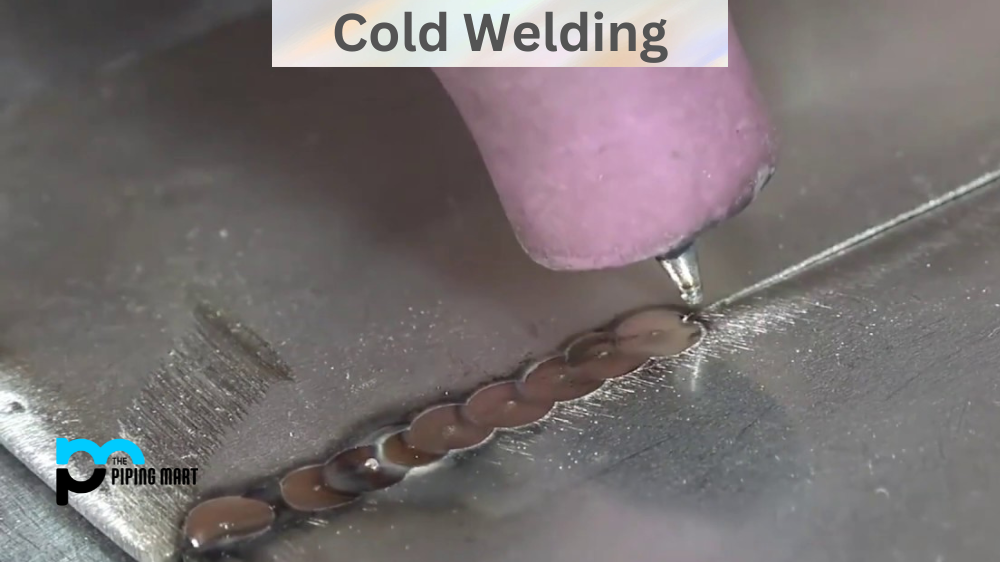In the world of welding, fillet welding is one of the most commonly used techniques. This method involves joining two pieces of metal by filling the gap between them with a triangular-shaped weld. While fillet welding is often preferred due to its versatility and cost-effectiveness, it has drawbacks. In this blog post, we’ll explore the advantages and disadvantages of fillet welding, so you can determine whether this technique is right for your project.
Advantages of Fillet Welding
Fillet welds provide a stronger joint than butt and lap welds, as they distribute the load over a larger surface area. And the size of the fillet weld can be increased very easily to gain additional strength. This makes it ideal for any application where high tensile strength is required. Following are some more advantages of Fillet Welding:
Cost-Effective
One of the most significant advantages of fillet welding is that it’s relatively cost-effective compared to other welding methods. Fillet welding requires minimal preparation and can be performed quickly with basic equipment, reducing labour and material costs. Additionally, fillet welding doesn’t require any additional fillers, making it a more affordable option.
Versatility
Fillet welding can be used in many applications and is especially useful for joining metals of different thicknesses. It’s also an excellent option for welding joints requiring flexibility or movement, such as in structures undergoing stress or vibration.
Strong Weld
Fillet welds offer excellent strength, making them ideal for applications that require sturdy, durable joining. Properly executed fillet welds can bear significant loads and resist shearing and tensile forces effectively.
Disadvantages of Fillet Welding
Fillet welds have a few disadvantages, including increased stress concentrations due to their geometry, the potential for incomplete fusion leading to weak spots in the joint, and limited strength compared to other types of welds.
Limited Penetration
Due to the nature of fillet welding, the weld tends to sit on the surface of the metal rather than penetrate deeply. This can result in weaker, less durable welds, particularly when high-stress loads or vibrations are present.
Limited Aesthetic Options
Fillet welds are often visible on the surface of a finished product, which can be a disadvantage from an aesthetic perspective. While grinding down the weld afterwards is possible, this incurs additional costs and effort.
Limited Joint Styles
Fillet welding is limited in the types of joints it can create, and it could be better for all welding applications. In instances where a stronger, more robust type of weld is required, such as in structural applications, more complex welding methods may be necessary.
Conclusion:
Fillet welding has distinct advantages and disadvantages that users should consider before determining if it’s the best approach for their purposes. While it’s a popular and cost-effective choice in many applications, it’s not always the most durable or aesthetic option. Ultimately, the best approach to fillet welding depends on your needs and circumstances. If you need clarification on whether fillet welding is the right choice for your project, consider consulting a professional welder for guidance.

Abhishek is a seasoned blogger and industry expert, sharing his insights and knowledge on various topics. With his research, Abhishek offers valuable insights and tips for professionals and enthusiasts. Follow him for expert advice on the latest trends and developments in the metal industry.




